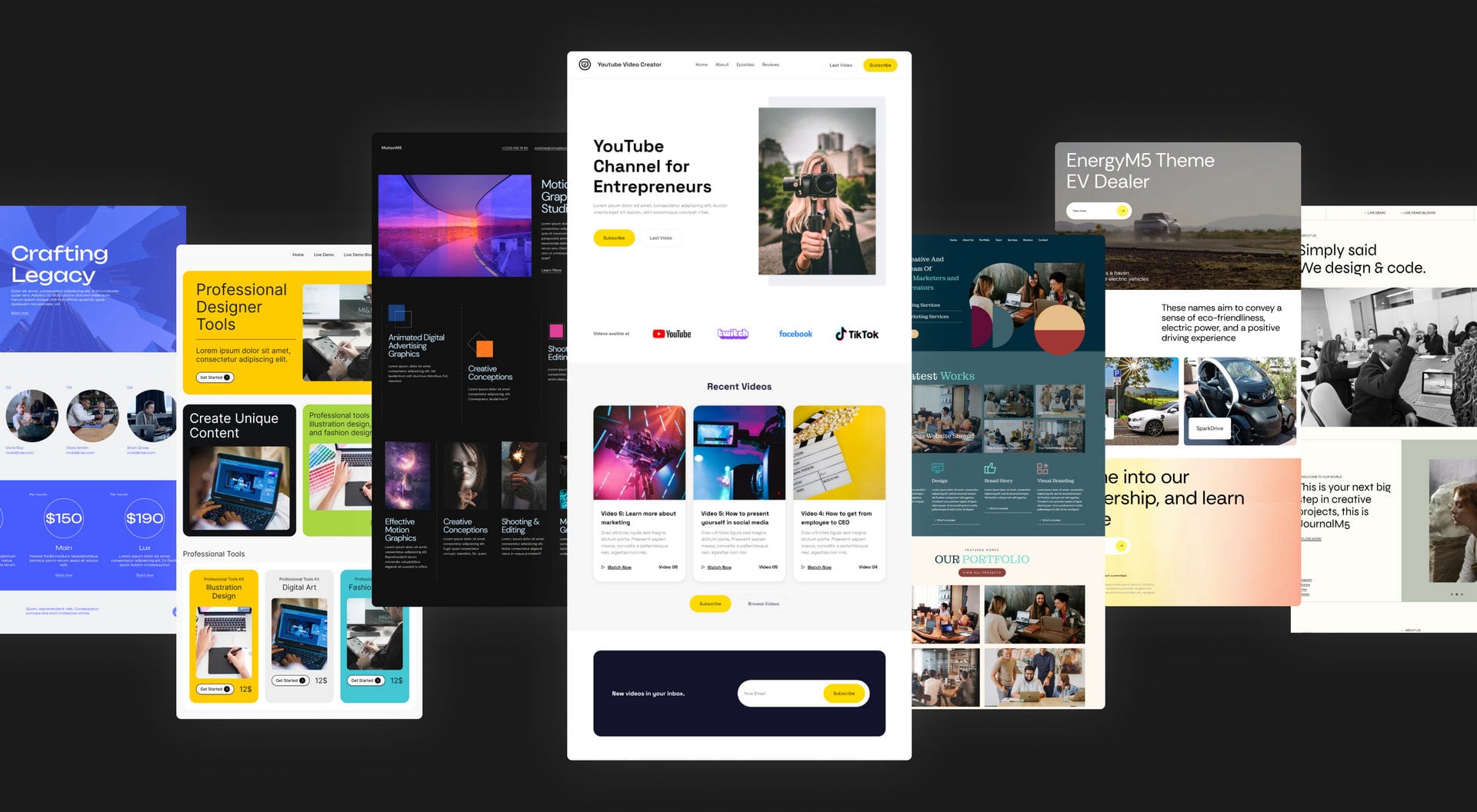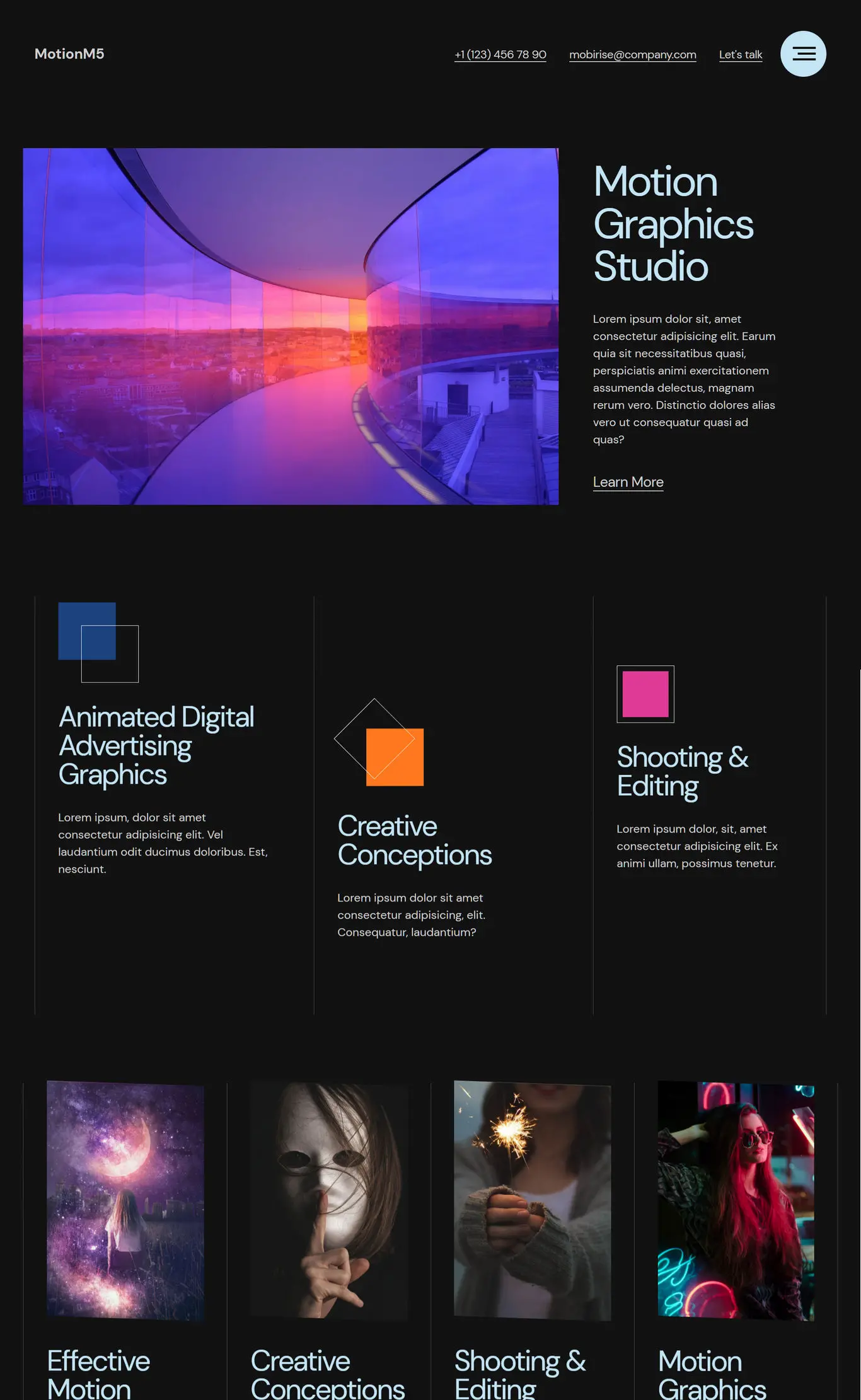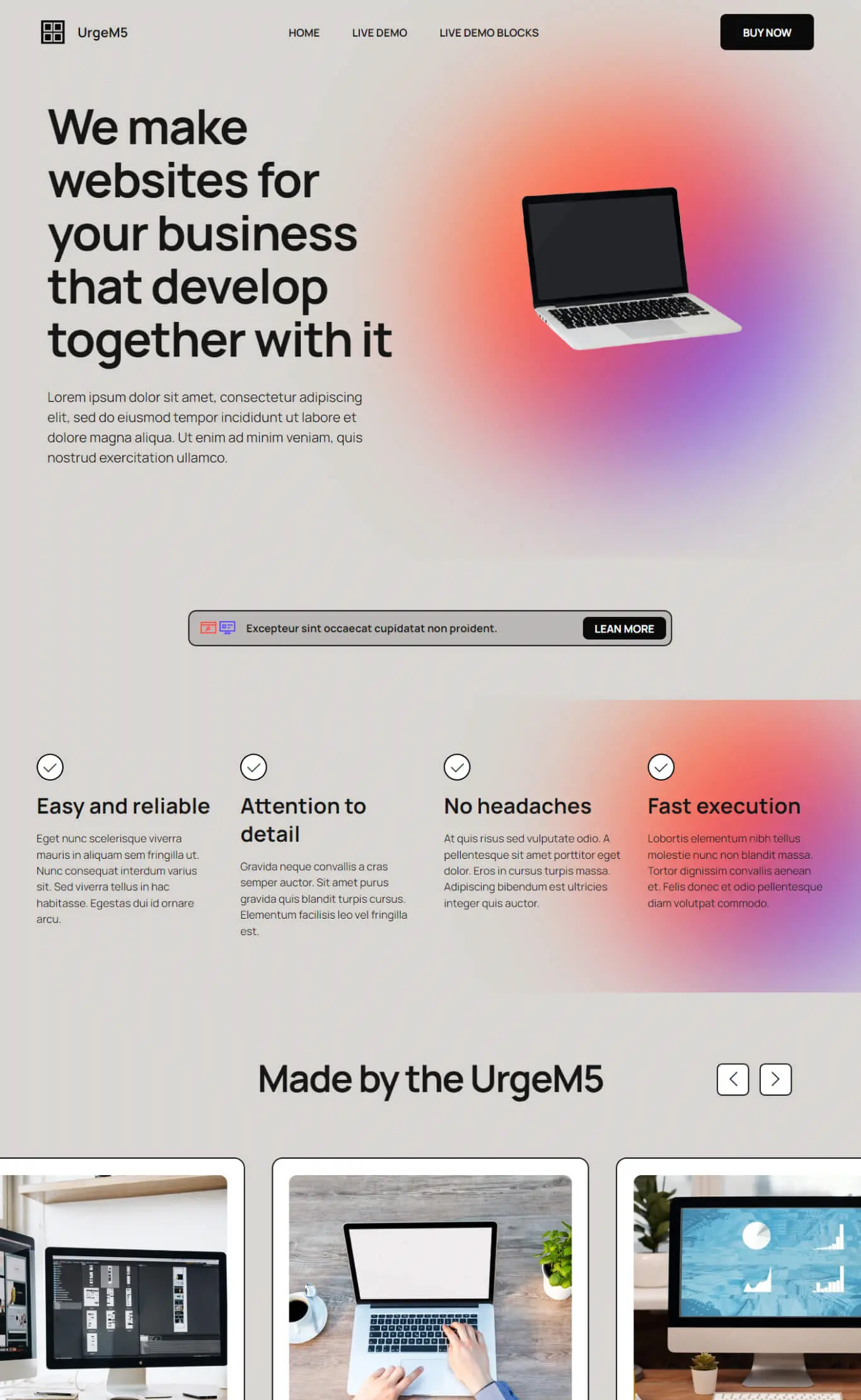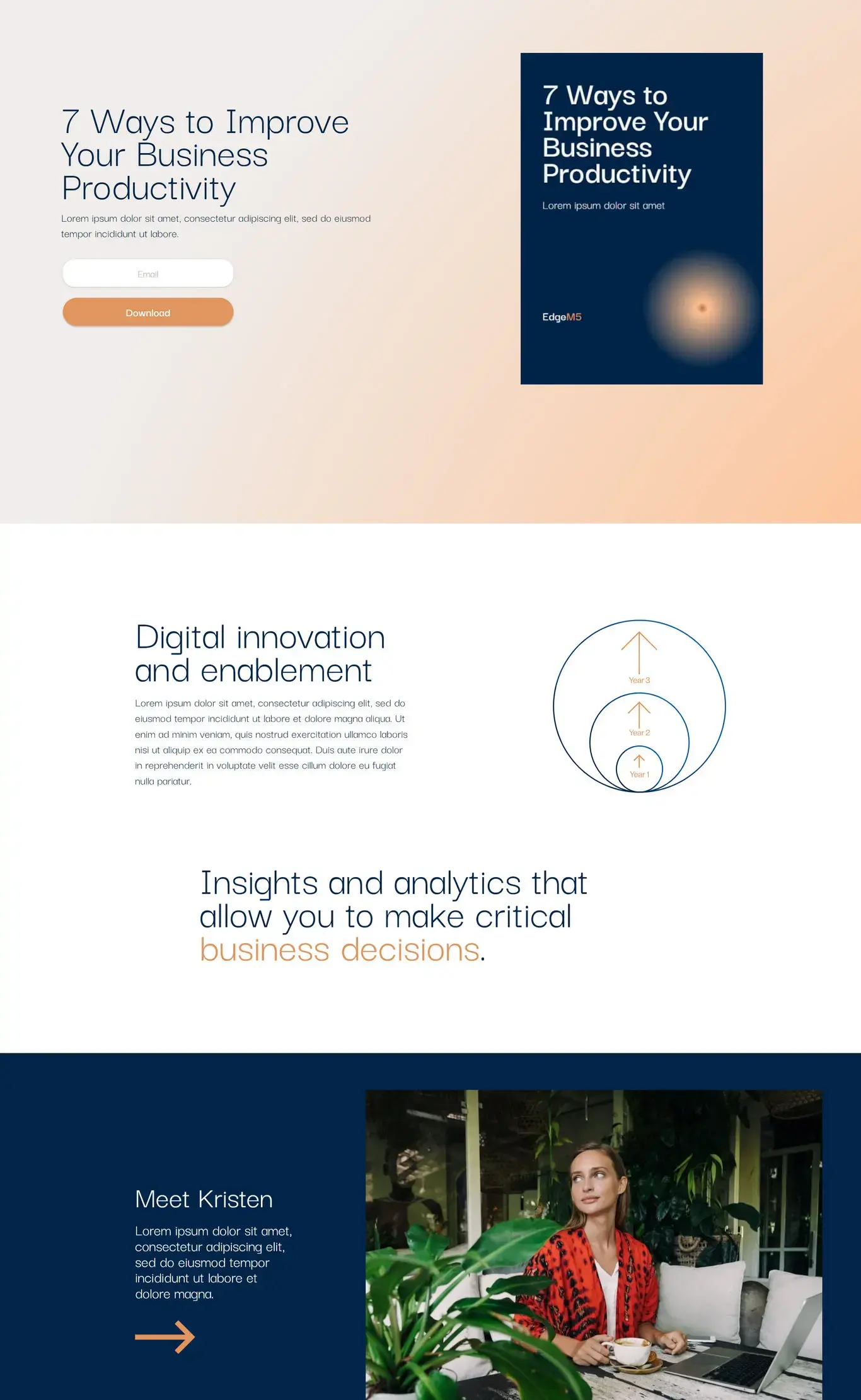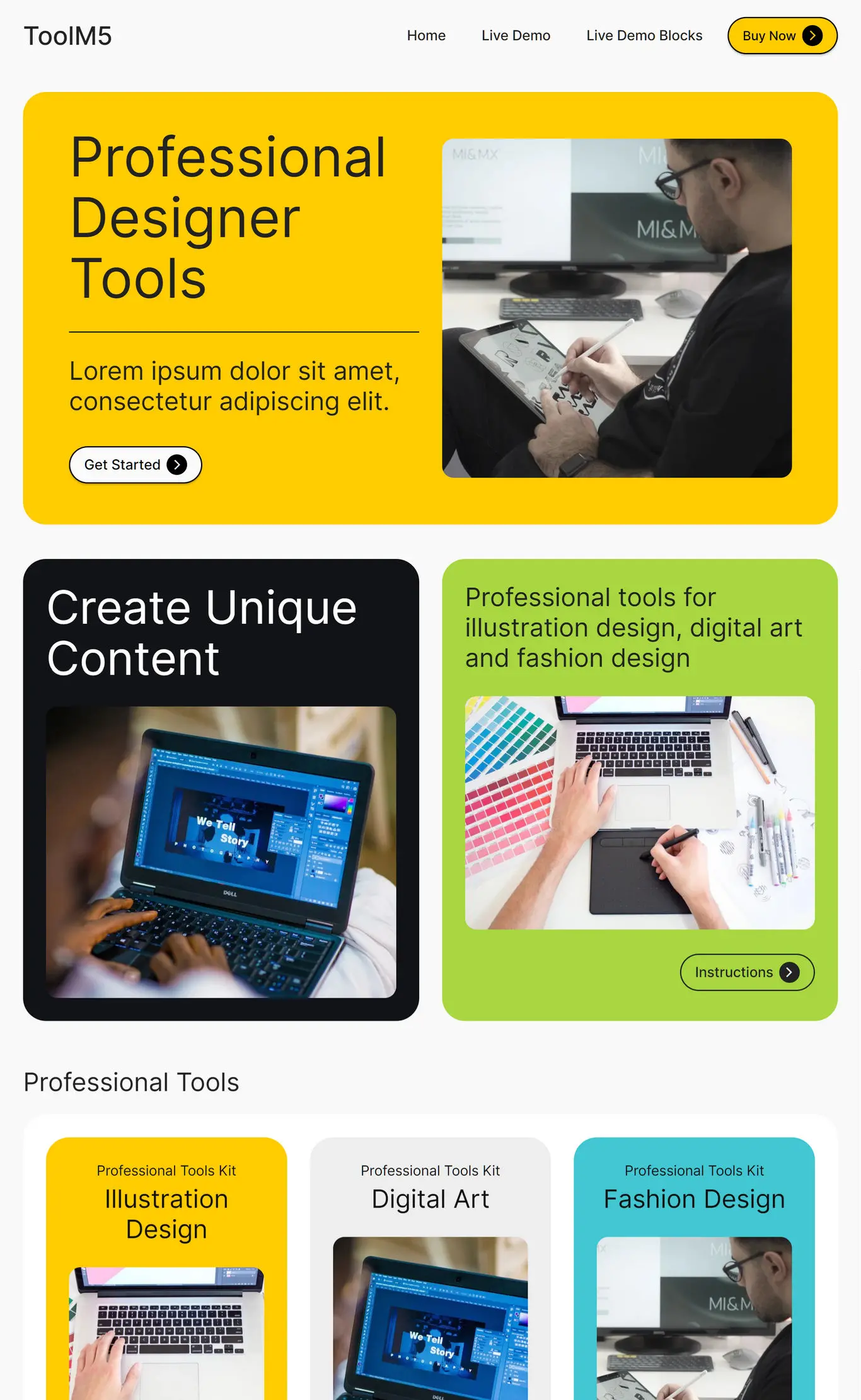Transform Web Experiences with AI-Driven Components
AI web components represent a significant advancement in creating dynamic and interactive web applications. Leveraging artificial intelligence, these components facilitate smarter user interfaces and personalized content delivery. Developers can integrate machine learning algorithms and data-driven insights into their websites, enhancing user experiences and overall functionality. By incorporating these innovative elements, businesses can streamline processes, improve engagement, and remain competitive in an ever-evolving digital landscape.
